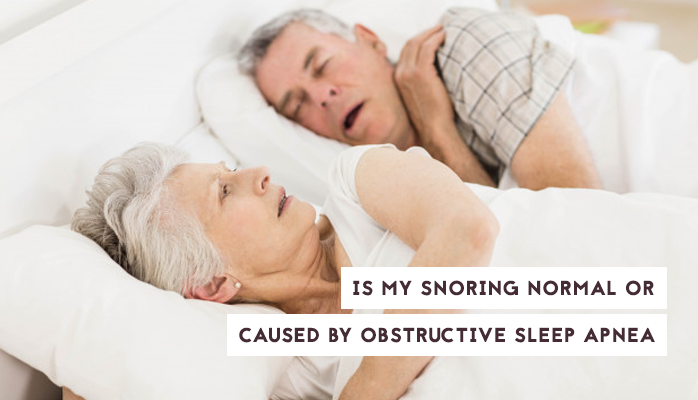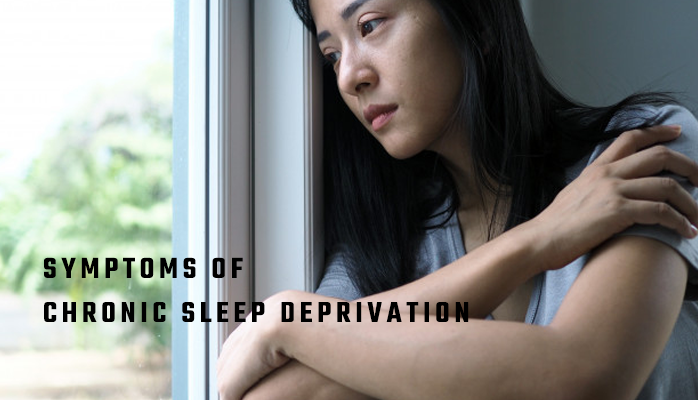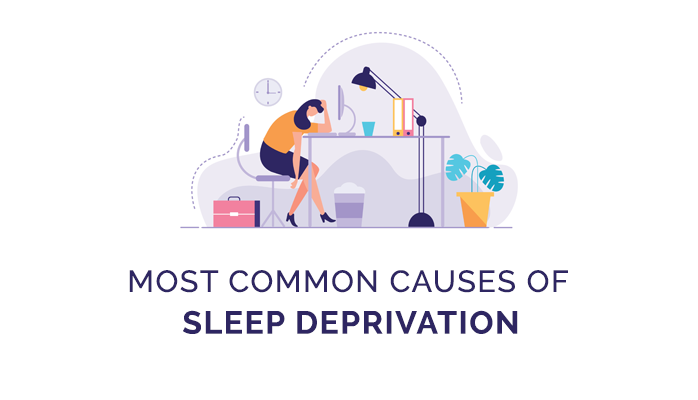Understanding Narcolepsy
Narcolepsy is a fascinating sleep disorder that can disrupt the very fabric of our daily lives. It is characterized by an overwhelming and sometimes uncontrollable desire for sleep, leading to sudden bouts of sleepiness at any given time, in any place. This can throw our normal sleeping patterns and rhythms off balance, making it challenging to live the life we truly desire.
One common aspect of Narcolepsy, affecting approximately 75% of sufferers, is a condition known as Cataplexy. Cataplexy involves the sudden loss of muscle tone triggered by intense emotions, causing our bodies to become slack and potentially leading to collapse. It's our body's way of challenging us to find balance amidst the chaos.
To better understand this sleep disorder, it's important to recognize the two distinct types of Narcolepsy. Type 1 includes the presence of Cataplexy, while Type 2 does not. Each type comes with its own set of unique challenges and experiences.
By delving into the depths of Narcolepsy, we can uncover the various symptoms and explanations that accompany it. Sleep attacks, for instance, are a common occurrence where extreme sleepiness engulfs us suddenly, similar to hitting a wall of exhaustion. These attacks can strike during the daytime without any apparent cause, making it impossible to resist the overwhelming urge to drift off into slumber.
Sleep paralysis, another symptom, renders us temporarily unable to move or speak upon waking up or just before falling asleep. This fleeting moment of powerlessness can range from a few seconds to over a minute, evoking a sense of terror and vulnerability. Some individuals even report brief periods of breathlessness, as if the very act of breathing has been momentarily suspended.
Hallucinations, too, play a role in the complex world of Narcolepsy. Around half of those affected will experience dream-like visions or delusions before falling asleep or upon waking up. These hallucinations may transcend mere visual experiences, encompassing a multitude of sensations. It's as if our REM sleep, the stage responsible for vivid dreaming, infiltrates the waking world when it shouldn't.
The impact of Narcolepsy symptoms extends far beyond mere inconvenience. Sleep attacks, particularly in severe cases, can pose significant dangers to our safety and overall functioning. Engaging in activities such as driving, operating heavy machinery, or performing high-risk work becomes perilous. Even maintaining job consistency and fulfilling the responsibilities of parenting or pregnancy can present significant challenges.
While there is currently no cure for Narcolepsy, managing its symptoms is crucial for leading a fulfilling life. This often involves a complex combination of medications, tailored to each individual's unique response. However, it's important to recognize that managing Narcolepsy requires a comprehensive approach that extends beyond medication alone.
Certain activities and occupations may need to be approached with caution or avoided altogether. Navigating daily life may require strategic planning and the ability to take necessary naps when needed, even in unconventional settings such as the workplace. Coffee, often seen as a temporary fix, can be both a helpful aid during sleep attacks and a hindrance to establishing normal sleeping patterns.
It's essential for sleep partners to be aware of the potential hallucinations and sleep paralysis experienced by Narcoleptics. Understanding and recognising these occurrences can alleviate fear and provide the necessary support and reassurance.
For those with Cataplexy, incorporating exercises such as meditation, yoga, and breathing techniques into daily routines can help manage strong emotional reactions and mitigate the risks associated with sudden muscle tone loss.
If you resonate with the experiences described in this article, it may be time to seek a diagnosis through a sleep study. Don't hesitate to take control of your sleep health and reach out for professional guidance.










